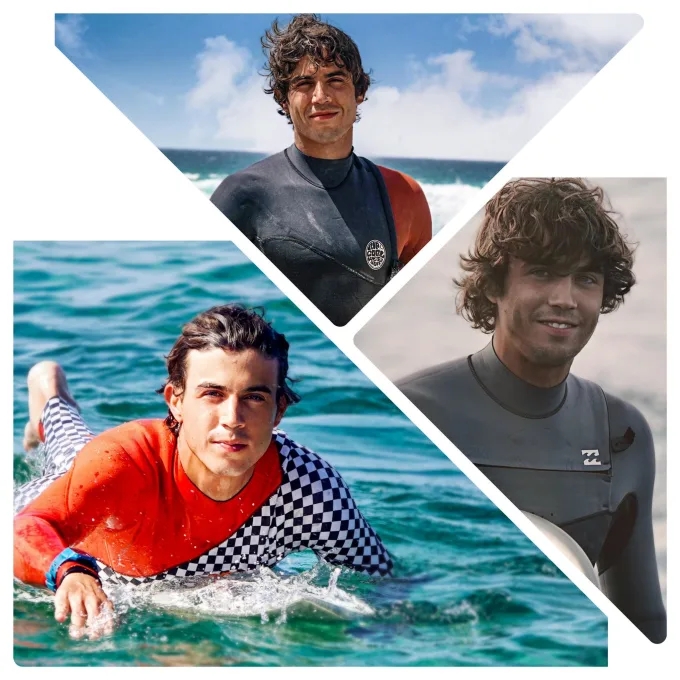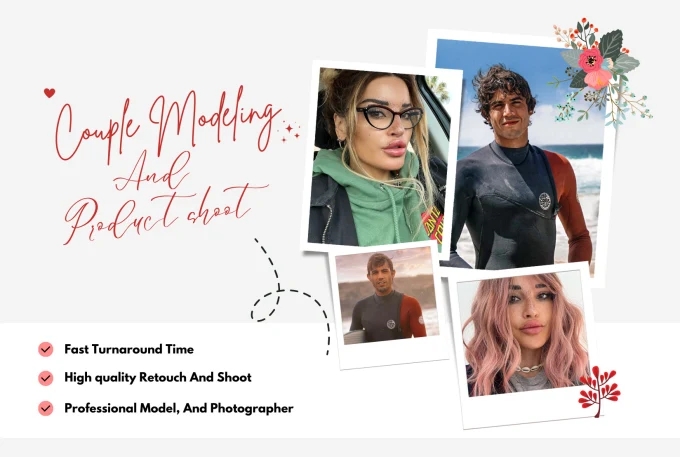Stock options photography print is a collection of a variety of generic photographs that will photographers take with “no known usage” or “client”, nonetheless, but it may be sold (or not) at any time in the future. Such as, a photographer may hire a fashion model and have the woman wear a business suit and take pictures of your ex pretending to be using a computer. He pays her usually a set rate fee that covers the job and she warning signs away any financial rights to her image in that shoot. The photographer then has those pictures obtained from in which photo-shoot and adds them to his “stock pile” with photos. He may sell that stock photograph to most likely a client who is looking for a more affordable option than booking their model, photographer, etc ., but the odds for many photographers will be that they don’t sell all of their stock (sometimes even pretty little).

If and when the photographer sells from their share photography, they don’t always know the intentions of how, where, as it will be commercially used. The model will be aware that they are simply being booked for stock photography, so they should be aware of the good qualities and cons just in case no one informs them about the key reason why they should use caution in accepting this type of modeling booking in their career.
There is some controversy about whether or not agencies quite possibly accept “stock” photography modeling assignments for their models for the reason that some of the “cons” that outweigh the financial gain of the organization and model. It’s really not that much of a gain “financially”; more or less $50, $75, $100, maybe $200. A unit agency averages 15-20% of that rate, so to some organizations that are very busy and aware of some potential situations, they may make the decision not to choose nor handle those reservations for their models.
Models want to work and are always interested in photographic print opportunities especially if they are neither not very chaotic working as a model nor building their book utilizing their print experiences from either fashion editorial or commercially aware work. Consideration should be taken when a model has a perhaps promising career ahead of them because not only does the style have to sign a photographic usage release for the inventory photos initially, but that model has no idea IF PERHAPS, WHEN, and HOW that print will be used when sold understanding that model gives up any residual gain of money, too, from this opportunity. The argument and hypothetical situation that firms and models fear is that the stock photo gets made use of by a client that is a direct conflict of interest for a larger paying occupation or campaign in a model’s future booking.
For example , the exact photographer sells the model’s stock photo that they were definitely paid $150 for to a local bank (that works by using the image for their brochure ad and website’s homepage). A couple of months later, that same model is selected by a sizeable advertising agency for a big named national bank’s promotion that is a huge commercial print opportunity including being for billboards that pays a huge sum of money. That becomes a special conflict of interest that their face and image is connected to another bank, so kiss the big, national opportunity and also money good-bye.
It’s a gamble when accepting the commodity photo assignment, but when a model wants experience, publications work, and a “paying” job… the stock photo scheduling may be tempting especially when you need the money to reinvest inside your career or to help pay your bills. A lot of professional photographers make money selling stock photography, but there are many, many investment prints that will never be sold. Let me repeat that period, there are many, many, stock prints that are never sold to any one, anywhere, nor ever used again. That’s part of the wager for the photographer and model.
Some of the good points just a model accepting a stock photography assignment may potentially offset the risk of the worst case scenario (regarding booking the exact client) ever even happening. There are some fine things that any model can take away from a stock assignment especially if they are innovative models who need commercial prints to help “market” themselves inside their portfolios, on their comp cards, working with different photographers, and so forth
Models increase the likelihood of getting future commercial bookings as soon as clients see their commercial pictures. Keep in mind that not everybody is able to just look at a model without any pictures and just imagine their potential as a model without seeing proof of just how photogenic they are, how well they show the product, precisely how well they pose, how well they fit into nature of their product, etc . That is one of the big purposes of some sort of model having a portfolio because clients, photographers, and brokers use the model’s portfolio as such an important reference.
Models might end up paying photographers for testing when the model is definitely the one who needs certain types of pictures to market themselves, even yet in all parts of the country located near or far away with the primary fashion modeling areas and secondary modeling areas. Photographers always seem to be able to find people who want to be models along with actors, so there’s a lot of competition out there even for stock options photography. Many modeling agencies will give the model an opportunity and help them decide whether or not it may be right for them into their specific situation. The modeling agency generally knows the actual clients that they’ll get and the types of models that they defend, so their guidance may help the model with their final decision. Remember, the modeling agency doesn’t get a lot of money out of such a smaller paying booking, so it may not be worth their valuable time to set up and follow through with stock print jobs opposed to taking the risk of any future conflicts of interest between purchasers and models.
Print models always need to update their books, work with a variety of different photographers, and always stay wanting to work (movement & posing) in front of a camera. Subsequently, the model gets paid for working in front of a cameras, but this may be an expense that the models takes care of when the perfect work isn’t there to compensate them or they need modified pictures or practice in front of the camera.
In the different types of building, there are different posing techniques and variations that are not simply just “natural” to non-models, so the styles vary when the version is photographed for commercial fashion versus editorial design versus commercial advertising. Stock photography is thought of as commercial work (even though it may not likely have any planned usage unless used in the future, so , until stock is offered it’s not officially commercial, yet), so the poses are industrial, not a fashion editorial. Models need to be versatile. The more handy that they are in their looks and posing will only enhance their own opportunities to be photographed for a multitude of clients.
So , certainly, posing for stock photography does have its drawbacks for your busy, commercial model who has a variety of clients already, although the right stock photographic prints may benefit the newer magic size in the future and save them some money, too. Ultimately, buying one is a model’s preference in their career whether or not to try inspired modeling and stock photography, but Testing with different photography lovers is a “MUST” for print models. Getting in front on the camera is always beneficial especially to newer models that might feel awkward or inexperienced, so often it is a modeling firm that recommends either way for the model to get more experience pictures. For” newer” or “experienced” models without representation, preferably they will make the best use out of their “independent model” status and research the opportunities in their area.
Your. K. A. Models is a new online industry exchange blog for models, photographers, designers, stylists, agencies, MUA’s, and anyone that seeks to research or contribute to the modeling field.
